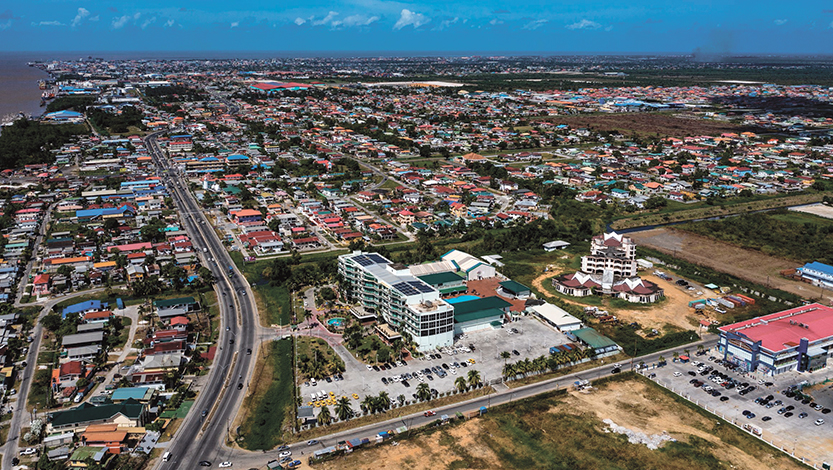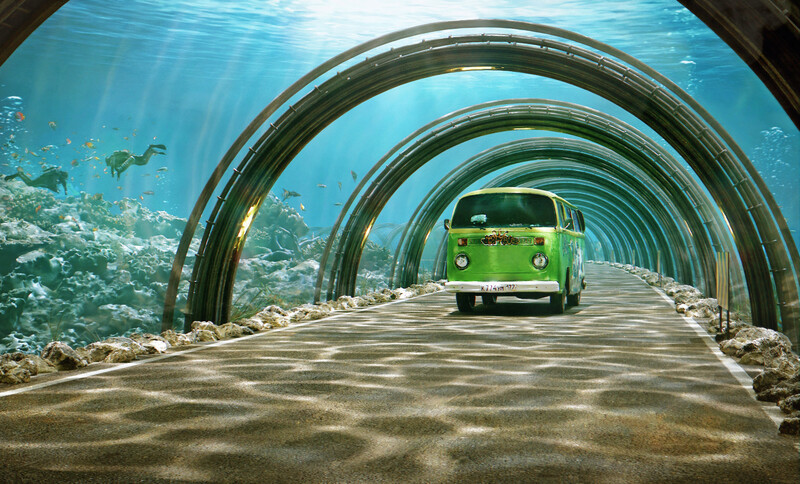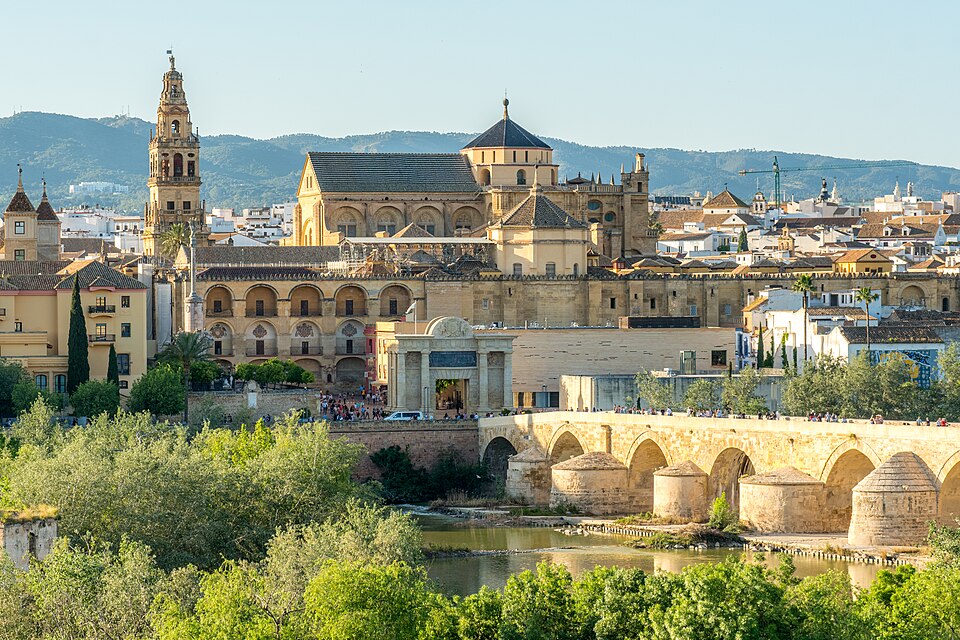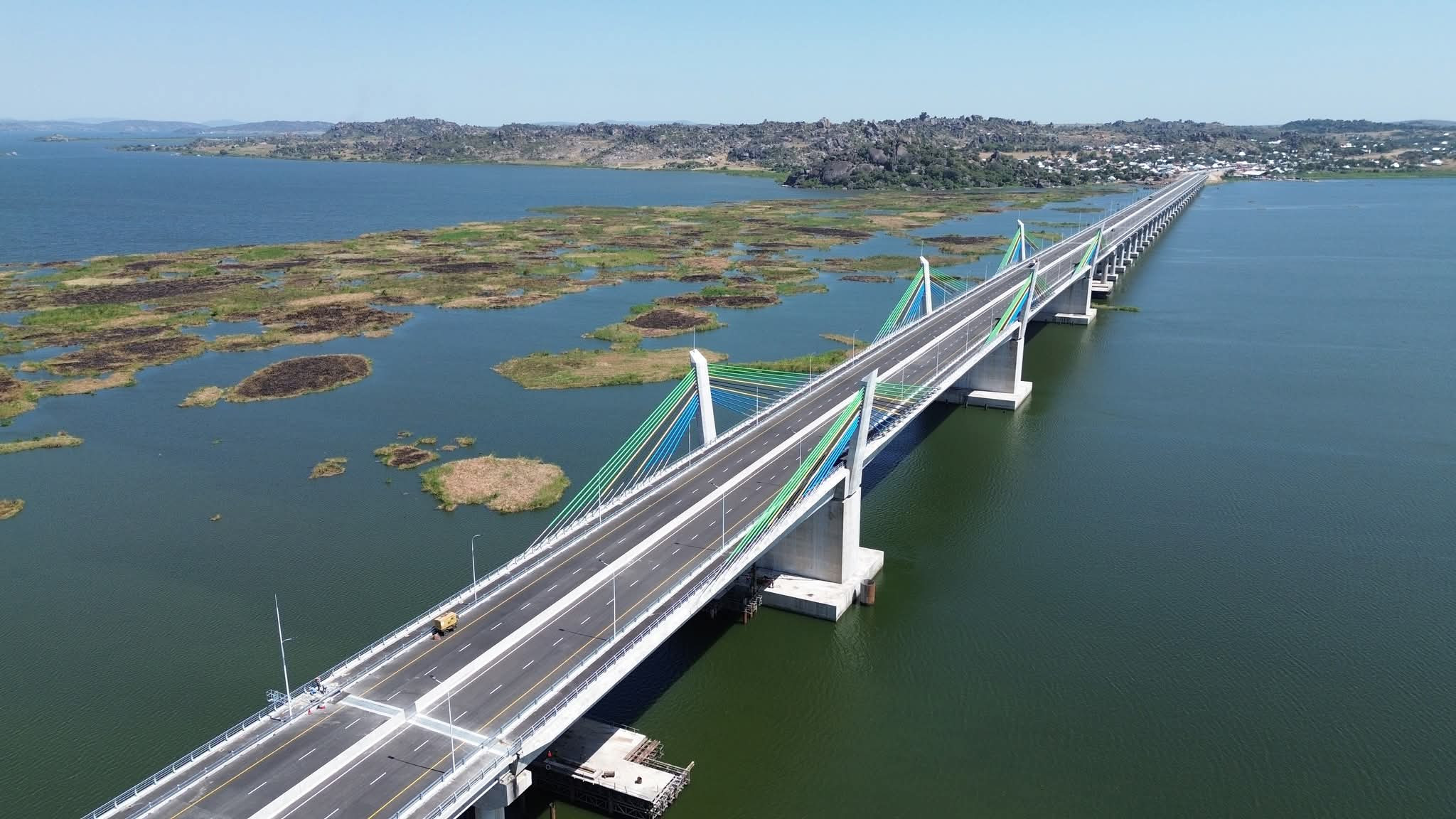GUYANA: The oil producing country that boasts of food sufficiency without imports

Did you know that Guyana is the only country that is self-sufficient in food production without relying on imports, while other countries are vulnerable to the effects of war, natural disasters and trade disputes on their food supply?
In a new study published in Nature Food, which investigated worldwide how well each country could feed their populations in seven food groups namely fruits, vegetables, dairy, fish, meat, plant-based protein and starchy staples, it was discovered that 65 per cent of countries were overproducing meat and dairy, compared to their own population’s dietary needs.
According to the study (You can read it here: https://www.nature.com/articles/s43016-025-01173-4), out of 186 countries in the world, Guyana is the only country that could boast total self-sufficiency, while China and Vietnam were close behind, being able to produce enough food in six out of the seven food groups. Just one in seven of the tested countries were judged self-sufficient in five or more categories.
Guyana, with its capital and largest city Georgetown, is a country on the northern coast of South America, part of the historic British West Indies. It is bordered by the Atlantic Ocean to the north, Brazil to the south and southwest, Venezuela to the west, and Suriname to the east.
However, with a land area of 214,969 km² (83,000 sq mi), Guyana is the third-smallest sovereign state by area in mainland South America after Uruguay and Suriname, and is the second-least populous sovereign state in South America after Suriname. It is also one of the least densely populated countries on Earth and has a wide variety of natural habitats and very high biodiversity. The country also hosts a part of the Amazon rainforest, the largest and most biodiverse tropical rainforest in the world.
The official language of the country is English, although a large part of the population is bilingual in English and the indigenous languages. Nine indigenous tribes reside in Guyana: the Wai Wai, Macushi, Patamona, Lokono, Kalina, Wapishana, Pemon, Akawaio and Warao.
Historically, dominated by the Lokono and Kalina tribes, Guyana was colonised by the Dutch before coming under British control in the late 18th century. It was governed as British Guiana with a mostly plantation-style economy until the 1950s. It gained independence in 1966 and officially became a republic within the Commonwealth of Nations in 1970. The legacy of British colonialism is reflected in the country's political administration, lingua franca and diverse population, which includes Indian, African, Indigenous, Chinese, Portuguese, other European, and various multiracial groups.
In 2017, 41% of the population of Guyana lived below the poverty line. Guyana's economy has been undergoing a transformation since the discovery of crude oil in 2015 and commercial drilling in 2019, with its economy growing by 49% in 2020, making it, by some accounts, currently the world's fastest-growing economy.
The discovery of over 11 billion barrels of oil reserves off the coast of Guyana since 2017 is the largest addition to global oil reserves since the 1970s. Guyana is now ranked as having the fourth-highest GDP per capita in the Americas after the United States, Canada, and The Bahamas. However, according to the World Bank in 2023, very significant poverty still exists and the country faces significant risks in structurally managing its growth.
The country is part of the Commonwealth Caribbean. It is part of the mainland Caribbean region maintaining strong cultural, historical, and political ties with other Caribbean countries as well as serving as the headquarters for the Caribbean Community (CARICOM). In 2008, the country joined the Union of South American Nations as a founding member.
SOURCES: Wikipedia | Science Focus
#penglobalfactfile #Guyana


_1755775186.jpg)
